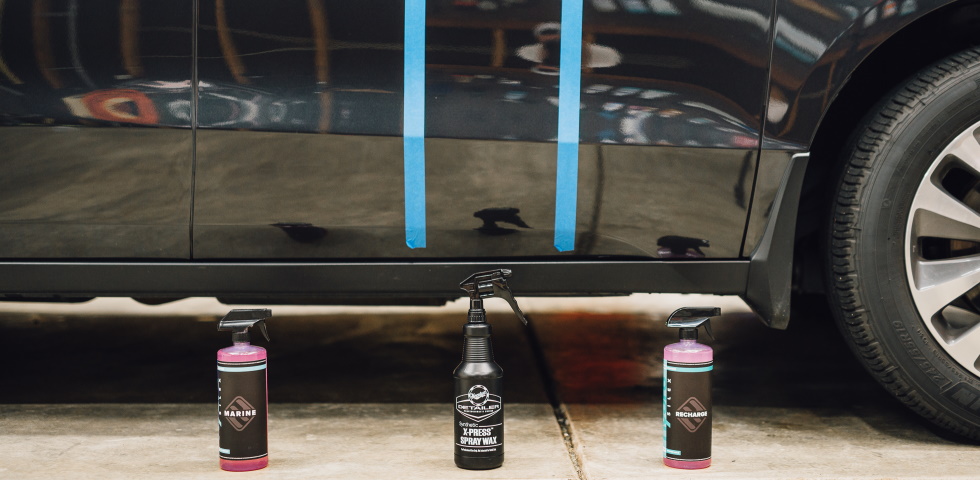I had debated the need for this post as I haven’t seen much marketing by Hydrosilex recently, but given how quickly the product gained popularity when it was first released, it seems a follow-up may be beneficial for anyone still considering purchasing one of their spray on protection options. About 2 years ago my initial review articles were published for both Hydrosilex Recharge (here) and Hydrosilex Marine (here). The products are similar in that they both claim to be durable, easy to apply, SiO2-based spray-on “coatings”. The main difference seems to be in their claimed durability of up to 6-months for Recharge and 1 year for Marine. The manufacturer’s bold claims had me skeptical from the getgo, so some real-world testing was certainly in order.
My vehicles are exposed to all weather and far more than the average amount of miles which makes them great test subjects. In this specific instance, I wanted to compare the allegedly super durable Hydrosilex products to something that a lot of us are familiar with – Meguiar’s D156 Synthetic Xpress Spray Wax. D156 has been a staple in my garage for years. Like Hydrosilex, D156 is also effortless to use and produce great initial results, but at an enormously lower cost. D156 currently costs $0.25 per ounce (1-gallon size) while Hydrosilex Recharge and Marine are currently listed for $1.56 (1-gallon size) and $2.22 (32 oz. size) per ounce, respectively. For such a tremendous cost increase, I was going to be pretty demanding when analyzing the performance of the Hydrosilex products. I have no issue with paying a premium when the results reflect the price, so I was hoping there would be a justification for the cost.
For my test, I thoroughly washed and prepared the passenger front door panel using the Hydrosilex Rewind prep solution. An even application of each product was then applied in 3 sections marked off by the masking tape.
After a couple of weeks of driving, the panel had accumulated a normal amount of dirt and grime. This test was performed in November which, in the Midwest, means freezing temperatures, salt solution, and other chemicals on the roadways,
The initial rinse revealed a complete lack of hydrophobic behavior over the majority of the door. This was not unexpected given the amount of film that had likely built up on the surface during normal use, but I was hopeful the claimed protection would allow the film to easily wash away and reveal tight beading and rapid sheeting once clean.
The panel was soaked with foam then hand washed.
Upon rinsing, there was no major revival to the water behavior. Water slowly sheeted from the lower half of the panel with zero beading. I rewashed the panel again to verify that it was clean, and still, no changes to report.
Ultimately the lack of beading/sheeting is not a true indication of whether or not a protective layer still might exist, but it is a property that many consumers expect to witness for a longer period than 2 weeks when a product is claiming many months of life. So, using water behavior as the sole means of analysis, the Hydrosilex products seem to perform no better than a spray-on synthetic wax that has been around for many years and costs many times less. I had continued to experiment with Hydrosilex as a quick detailer and drying aid. The product was certainly a breeze to use, but at the end of the day, I would not purchase it again. There are so many products that perform as well, and many that perform much better, at a much lower cost. Like I said earlier, I am willing to pay a premium if the results reflect the price, but with Hydrosilex I did not feel that was the case.
